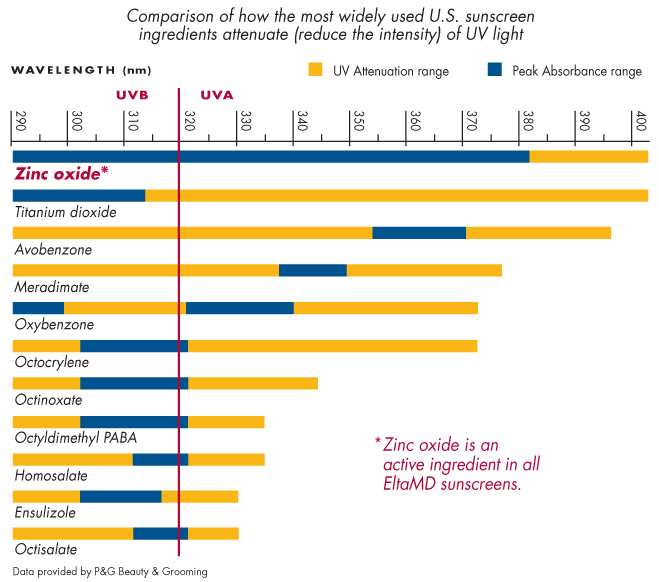Sun exposure is a normal consequence of healthy outdoor activity. Here are some ways to enjoy the outdoors while still protecting your skin from ultraviolet light damage, sunburn, wrinkling and skin cancer.
Damaging ultraviolet (UV) rays are strongest at the noon hour. Schedule outdoor activities before 10AM or after 4PM and stay in the shade if possible.
Lightweight long-sleeved shirts and pants can often be equally as comfortable as skimpier outfits. Darker colors and tightly-woven fabrics are the most effective in blocking UV rays. Rit Sun Guard is a useful and inexpensive laundry rinse that adds UV blocking ability to your clothes. Some clothing comes with UPF rating (www.coolibar.com) that stands for “Ultraviolet Protection Factor.” This measures the ability of the fabric to block UV radiation. A fabric with UPF 15 only allows 1/15th (6.66%) of the UV radiation to penetrate your skin as compared to uncovered skin. Avoid remaining in wet clothes because wet fabric may allow more UV rays to penetrate the skin.

Sun protection products sold in the US reference an SPF rating whereas other countries have a rating system that relates to UVA and UVB protection. A UVA and UVB combined ranking system refers to a product’s ability to protect against the whole spectrum of UV Rays. This type of protection is known as Broad Spectrum Protection.
Since our country’s rating system is not all encompassing, one must look at the ingredients of a sunscreen and check out the wavelengths that they either repel or absorb to evaluate its effectiveness. At Bryn Mawr Dermatology, we can help by looking at your sunscreen during your next office visit. On our website you will also find the sunscreen products we recommend for our patients, which, by the way, are also the only ones we use for our own families.
For COSMETIC APPOINTMENTS:
For MEDICAL APPOINTMENTS: